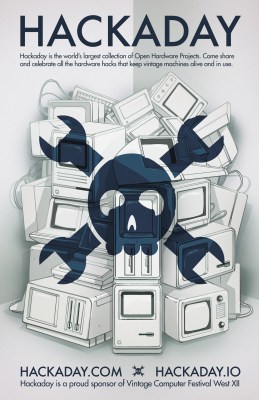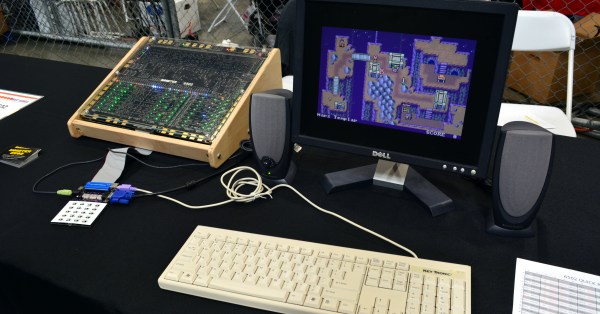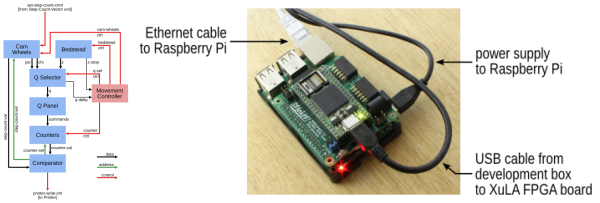Next weekend is the Vintage Computer Festival West, held at the Computer History Museum. Hackaday is once again proud to sponsor this event that brings together the people and hardware that drove the information revolution. [Bil Herd] and [Joshua Vasquez] will be on hand representing the Hackaday Crew.
 This year’s talks show an impressive lineup of people. [Bil Herd] will be on stage with a collection of other engineers who secured Commodore’s place in history. The Computer History Museum has a very active restoration program for original computer hardware. Friend of Hackaday, [Ken Shirriff], has been working on a restoration of the Xerox Alto and is on the panel giving a talk about the process. And just to cherry-pick one more highlight, there’s a talk on system debugging before you even turn the thing on — a topic that can save you from having a very bad day with very ancient hardware.
This year’s talks show an impressive lineup of people. [Bil Herd] will be on stage with a collection of other engineers who secured Commodore’s place in history. The Computer History Museum has a very active restoration program for original computer hardware. Friend of Hackaday, [Ken Shirriff], has been working on a restoration of the Xerox Alto and is on the panel giving a talk about the process. And just to cherry-pick one more highlight, there’s a talk on system debugging before you even turn the thing on — a topic that can save you from having a very bad day with very ancient hardware.
A great part of VCF is that the exhibits are often either hands-on or demonstrations so you can actually play around with hardware which most people have never even seen in person. Add to that the collection at the Computer History Museum plus some extra exhibits they have planned for the event and you’re likely to run out of time before you make your way through everything.
Since we’ve mentioned the Computer History Museum, we also have some upcoming news. A bit later this month, Hackaday Contributor-at-Large [Voja Antonic] has been invited to visit the museum, record his oral history, and deliver to their collection an original Galaksija computer — wildly successful first as a kit and then as a manufactured computer which he built in Yugoslavia 1983. Congratualtions [Voja]!



















